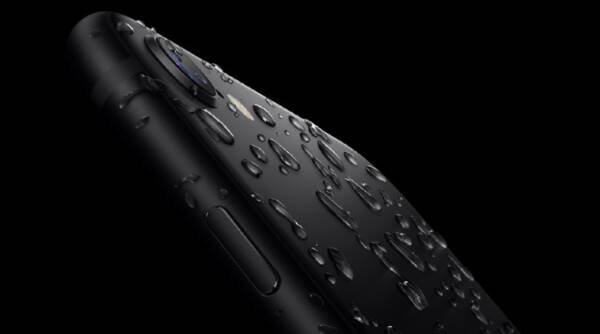Here’s all you need to know about IP ratings, what the certification numbers mean and how to decode an IP rating to see how well protected against the elements your device is.
IP certifications are often seen on the spec sheets of upper mid-range and flagship devices. However, what is the IP rating and what do the various IP ratings mean? What is the difference between them and what ratings should you look forward to in your smartphones, fitness bands and other gadgets?
Let’s have an understanding of the IP certification system before we understand the answer to these questions. Then, you will be able to decode IP ratings on your own and better understand what each rating means.
What is the IP certification?
IP certifications stand for Ingress Protection, or simply put, how well protected a device is against the ingress or entering of solid or liquid particles. While calling particular gadgets water-resistant or waterproof may sound convenient, it may also end up being vague. An official rating standard gives more in-depth context to how much a device can withhold against elements like water or dust.

How to decode an IP certification?
Any phone or other gadget’s IP certification will be two letters (I and P) followed by two numbers. In this format, the first number, or the third character is what depicts the protection against solid particles like dust. Similarly the second number denotes protection against liquid particles.
Generally, the higher a number in both the third and fourth slots indicates a stronger protection value. Also, if a device features protection against only liquid particles and not solid, the corresponding character will be found marked with an X. For instance, the ‘IPX8’ rating of Samsung’s new Galaxy Z Fold 3 denotes that the phone is well-protected against water ingress, but not against solid particles like dust.
What significance do the numbers hold?
The ‘IPXY’ numbers mean different standards for both solid and liquid. Here are what the ratings mean for the solid particle protection rating (third character).
1 – protected against particles greater than 50mm in size.
2 – protected against particles greater than 12.5mm in size (finger-sized objects).
3 – protected against particles greater than 2.5mm in size (thick wires).
4 – protected against particles greater than 1mm (thin wires, screws).
5 – protective against dust particles to a level. Particles may still enter but not in enough quantity to cause significant damage quickly.
6 – completely protective against dust particles.
